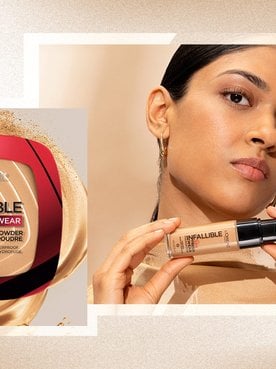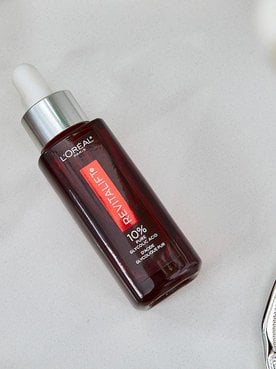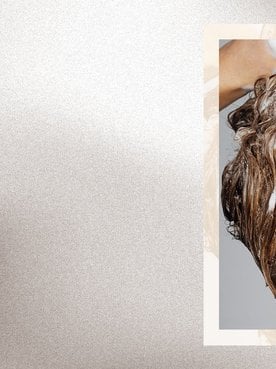When you’ve discovered that a new pimple has sprouted you may be tempted to do one of two things: Pop that baby to try to save your complexion or grab your go-to acne treatment in hopes of mitigating any further growth. Of course, not all acne treatments are created equally and if you tend to pop your pimples (which is a huge no-no) then treat them, you absolutely need something that will assist with healing.
Enter hydrocolloid bandages, more widely known as pimple patches and acne patches (or acne stickers). You may have seen this trendy acne treatment circulating on social media, but there’s more to it than being a magic patch that wards off unwelcome breakouts. Hydrocolloid (the main ingredient in most pimple patches) dressings have come a long way in the skin care world, and we’re here to fill you in on all the details.
Keep scrolling to learn how acne patches work and how you can use pimple patches for acne in your skin care routine.
What Are Pimple Patches?
Before we talk about how acne patches work, let’s get into a little history. According to a study from the National Center for Biotechnology Information (NCBI), hydrocolloid bandages have been around for quite a few decades — since the 1970s, to be exact. Though,their original intention wasn’t for treating acne.
Hydrocolloid dressings were initially invented as one of the first moist wound care options. Essentially, these bandages have two layers. The inner layer contains a gel that hydrates and creates a moist environment to promote healing, according to another NCBI study, while the outer layer seals and protects against external factors. The moist environment draws out fluids from the wound, allowing it to heal more effectively.
How Do Pimple Patches Work For Acne?
So how does all this tie into treating acne? Well, hydrocolloid patches for acne work in the same fashion. They create a moist environment that draws out pus from those pesky pimples. They also help to prevent picking and allow time to heal if you’ve already picked or popped a pimple (which, again, please just don’t) and caused an open wound. Pretty amazing, huh?
Additionally, an NCBI study found that acne dressings allowed less UVB light to reach the skin’s surface where applied, which resulted in the improvement of the appearance of mild-to-moderate inflammatory acne vulgaris.
Since hydrocolloid is the main ingredient in most pimple patches and it works by drawing out sebum and other fluid, pimples that have come to a head will benefit the most from these patches. However, there are many zit patches on the market these days that can be applied to pimples with no head — they typically have tiny spikes infused with ingredients such as salicylic acid and niacinamide to reduce the size of the spot and speed up healing time.
How to Use a Pimple Patch In Your Skin Care Routine
Now that you’ve gotten the breakdown on what hydrocolloid patches for acne are, you’re probably wondering how to use one. Below, find a simple step-by-step tutorial on how to properly use a hydrocolloid bandage aka pimple patch in your skin care routine.
Step 1. Cleanse Your Skin
As with any skin care routine, start with clean skin. So, reach for a cleanser that’s formulated for your skin type, then wash away. We love the L’Oréal Paris Revitalift Radiant Smoothing Cream Cleanser because it gently cleanses skin without overdrying it, and it’s suitable for all skin types, even sensitive skin.
Step 2. Pick Your Pimple Patch
When it comes to picking the right patch for your acne, it’s important to consider the size of your blemish. Make sure your patch is big enough so the entire breakout can lay under the center of the patch — don’t worry, pimple patches come in many different shapes and sizes these days.
You can also buy small circular patches that are a little bigger than your average pimple, or buy larger hydrocolloid bandages and cut them down to size.
Step 3. Cover Your Pimple
You know what to do — line up the patch with your acne and stick it onto your dry, clean skin. Be sure to also check the directions of the product you buy to ensure that you’re using it correctly as application methods could vary slightly depending on the stage of your breakout.
Step 4. Let It Work Its Magic
Leave your pimple patch alone — typically overnight — until you see a white spot in the center (if it’s clear) or until it completely turns an opaque color. When this happens, you’ll know that the patch has done its job. It’s pretty gross but the results are so worth it.
Then, with clean hands, carefully remove and toss the patch and move on to any remaining steps in your skin care routine.
Next: Essential Oils for Acne: Do They Work?
Updated and photographed by: Shalwah Evans







